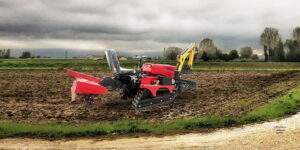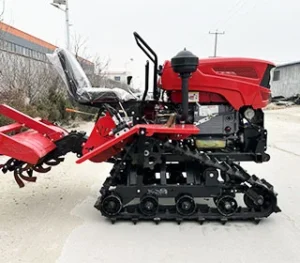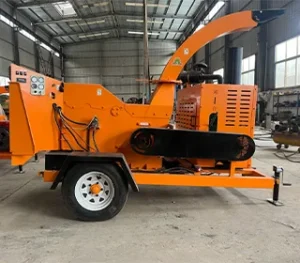How Drone Agriculture Spraying Is Revolutionizing Crop Management
Introduction
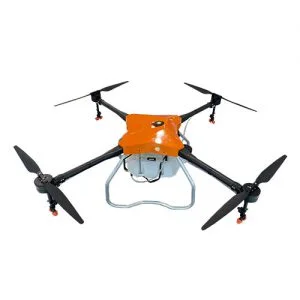
In recent years, drone agriculture spraying has revolutionized crop management practices worldwide. This innovative technology utilizes unmanned aerial vehicles (UAVs) equipped with advanced spraying equipment to precisely apply fertilizers, pesticides, and other agricultural inputs. This blog explores the multifaceted aspects of drone agriculture spraying, emphasizing its benefits, challenges, applications, and future prospects.
Understanding Drone Agriculture Spraying
What is Drone Agriculture Spraying?
Drone agriculture spraying involves the use of UAVs to spray crops with various substances such as pesticides, herbicides, and fertilizers. These drones are equipped with specialized spraying systems that allow for targeted application, ensuring efficient use of chemicals while minimizing environmental impact.
How Does Drone Spraying Work?
The process begins with flight planning using GPS coordinates and mapping software. The UAVs are programmed to follow precise flight paths over the fields, using onboard sensors to adjust for factors like wind and altitude. The spraying equipment, typically tanks and nozzles, dispenses the substances with accuracy as determined by the flight plan.
Comparative Analysis of Drone vs. Traditional Spraying Methods
| Aspect | Drone Agriculture Spraying | Traditional Spraying Methods |
|---|---|---|
| Precision | High precision targeting specific areas of crops | Less precise, more prone to overspray |
| Speed | Faster coverage of large areas | Slower due to machinery movement |
| Environmental Impact | Reduced chemical usage, lower environmental impact | Potential for runoff and environmental damage |
| Accessibility | Can operate in challenging terrains and conditions | Limited by terrain and weather conditions |
Benefits of Drone Agriculture Spraying
Precision Application
Drone spraying enables precise targeting of specific areas within fields, minimizing overspray and ensuring that chemicals are applied only where needed. This precision not only reduces chemical usage but also enhances the effectiveness of treatments.
Efficiency and Time-Saving
Compared to traditional methods, drones can cover large areas of land more quickly and efficiently. This saves time for farmers and allows for timely application of treatments, crucial for crop health and yield.
Accessibility
Drones can access areas that may be difficult or impossible for traditional machinery to reach, such as steep slopes or wet fields. This accessibility expands the potential application of agricultural treatments across diverse terrain types.
Challenges and Considerations
Regulatory Issues
The use of drones in agriculture is subject to regulatory frameworks that vary by region. Farmers must navigate these regulations to ensure compliance and proper use of drone technology.
Initial Investment Costs
While drones offer long-term cost savings through efficiency and reduced chemical usage, the initial investment in equipment and training can be significant. Farmers need to consider these costs alongside potential benefits.
Case Studies and Applications
Case Study: Precision Farming
Precision farming techniques integrate drone spraying to optimize crop management practices. Case studies show significant improvements in yield and resource management through targeted application of treatments.
Environmental Impact
Drone agriculture spraying promotes sustainable agriculture by reducing chemical runoff and minimizing environmental damage associated with conventional spraying methods. This approach supports ecosystem health and long-term soil fertility.
Future Outlook
Technological Advancements
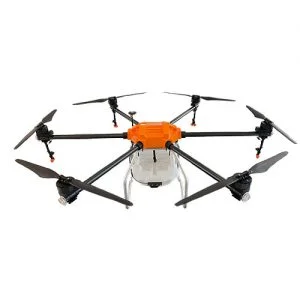
Future advancements in drone technology include enhanced sensors, AI-driven analytics, and improved battery life. These innovations promise to further enhance the efficiency and capabilities of drone agriculture spraying.
Economic Considerations
The economic viability of drone agriculture spraying depends on factors such as operational costs, crop yield improvements, and regulatory compliance. As technology matures and adoption increases, the economic benefits are expected to become more compelling for farmers.
Conclusion
In conclusion, drone agriculture spraying represents a transformative advancement in modern agriculture, offering unparalleled precision, efficiency, and environmental benefits. While challenges such as regulatory compliance and initial costs exist, the potential for drones to revolutionize crop management practices is clear. As technology continues to evolve, so too will the capabilities and impact of drone agriculture spraying in ensuring global food security and sustainable farming practices.
FAQ
Q:What are the main advantages of drone agriculture spraying?
A:Drone agriculture spraying offers advantages such as precise application, efficiency in covering large areas quickly, and accessibility to challenging terrains, thereby enhancing crop management practices.
Q:How does drone spraying contribute to sustainable agriculture?
A:By minimizing chemical usage and reducing environmental impact through precise application, drone spraying promotes sustainable agricultural practices and supports ecosystem health.

